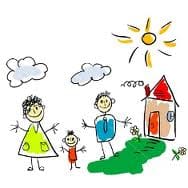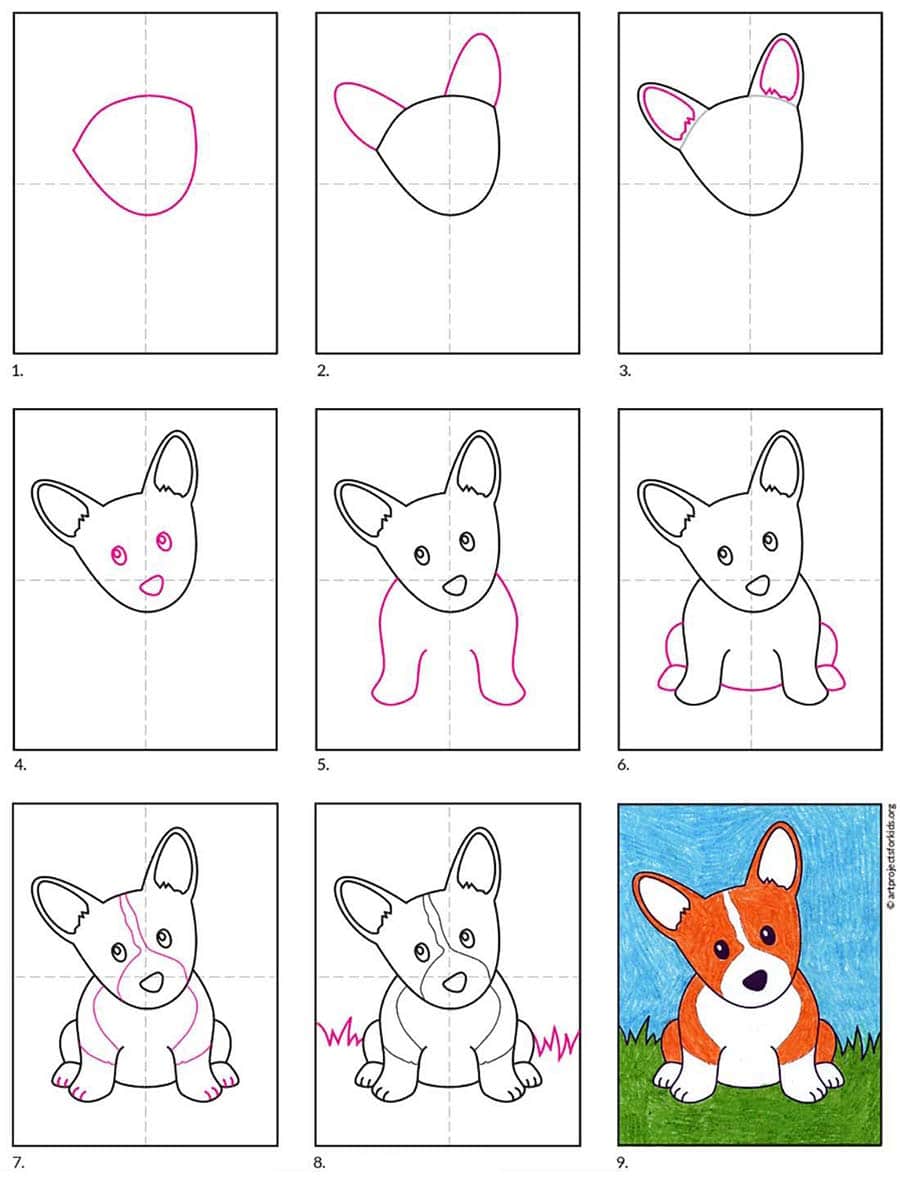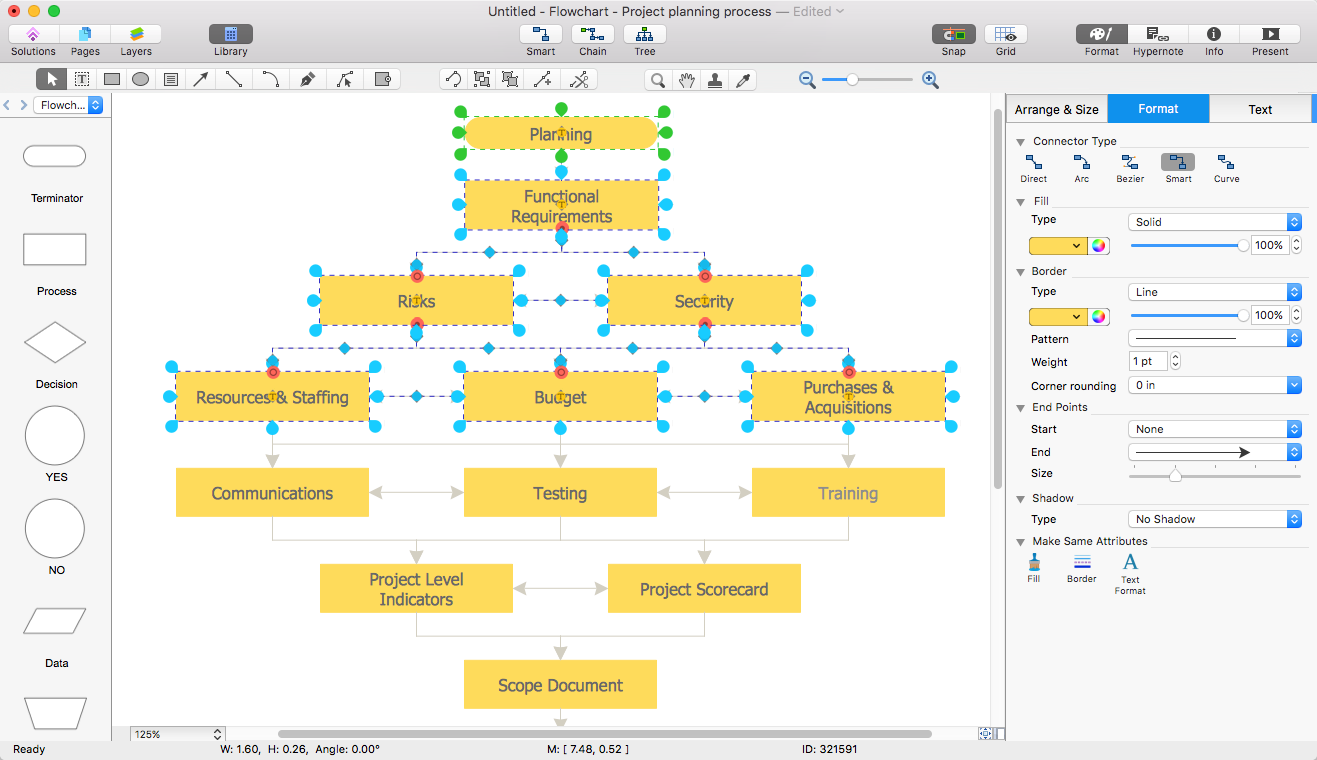Analyze lenau
Table of Contents
Table of Contents
Have you ever wondered about the meaning behind a child’s drawing? It’s not uncommon to look at scribbles on paper and wonder what they represent. But did you know that analyzing children’s drawings can provide valuable insight into their development and emotions? In this article, we will explore how to analyze children’s drawings and understand the significance behind their artwork.
Understanding the Pain Points of Analyzing Children’s Drawings
Parents and caregivers may struggle with understanding what their child is trying to express through their artwork. It can be challenging to distinguish between a simple drawing and a significant emotional expression, leaving parents feeling unsure of how to respond or react. Additionally, some parents may feel uncertain about how to analyze or interpret the pictures, leading to difficulties in starting meaningful conversations with their child.
Analyzing Children’s Drawings - How to Get Started
When analyzing children’s drawings, it’s essential first to understand that any drawing expresses something significant. Children’s artwork provides a glimpse into their emotions and what they’re experiencing, even if they’re not able to articulate it verbally.
When analyzing a child’s drawing, look at the following elements:
- Shapes and symbols used
- Colors selected
- Lines and patterns drawn
- The context of the picture
By examining these elements, you can start to develop an understanding of the child’s overall mood, feelings, fears, and desires.
Summarizing the Main Points of How to Analyze Children’s Drawings
Analyzing children’s drawings is an important tool for understanding their emotions and development. By examining various elements, parents and caregivers can learn more about what their child is experiencing and develop a deeper level of communication. Analyzing children’s drawings can be challenging, but it’s a valuable way to connect with your child and support their emotional growth and development.
Analyzing Colors in Children’s Drawings
When my son was three years old, he started drawing pictures of our family. At first, I was surprised to see what looked like three happy faces - my husband, myself, and our little boy. However, when I looked closer, I could see that my son had used only one color in the picture - black. This realization led me to understand that something was possibly troubling him, despite the happy faces. When I talked to him about his drawing, I found out that he was scared of the dark and was struggling to sleep alone in his room. By analyzing the colors he used in his drawing, I was able to better understand my son’s needs and provide the necessary support.
Analyzing Shapes and Symbols in Children’s Drawings
My daughter recently drew a picture of herself holding hands with another child. In the picture, the child she drew had a large circle around them, but my daughter did not. When I asked her about the drawing, she told me that the other child was her friend, but she didn’t consider herself a close friend of the other child. By analyzing the size and shape of the circle, I was able to understand that my daughter didn’t see herself as equally connected to the other child, despite considering them a friend.
Looking at the Context of the Drawing
When my niece was six years old, she started drawing pictures of monsters attacking her and her family. At first, I was concerned and unsure how to interpret her drawings. However, when I talked to her, she explained that she had recently been watching a lot of monster movies and was trying to work through her fear by showing herself and her family defeating the monsters. By examining the context of the drawing, I was able to understand that her art was a way of processing her emotions in a healthy way.
Analyzing Lines and Patterns in Children’s Drawings
My nephew was diagnosed with ADHD when he was in first grade. By speaking with his teacher and analyzing his drawings, we discovered that he struggled with organization and structure. His drawings were often full of lines and overlapping patterns, indicative of his racing thoughts and inability to slow down. By understanding the meaning behind his lines and patterns, we were able to develop strategies to help him better organize his thoughts and work through his ADHD.
Question and Answer About Analyzing Children’s Drawings
Q1: Can children’s drawings be used to diagnose mental health issues?
A: While drawings can provide valuable insight into a child’s development and emotions, they cannot be used to diagnose mental health issues alone. If you’re concerned about your child’s mental health, speak with a qualified mental health professional.
Q2: Should I point out what I think I see in my child’s drawings?
A: It’s okay to share what you think you see in your child’s drawings, but be sure to ask them what they intended to draw before making any assumptions. Use your child’s drawing as an opportunity to start a healthy and supportive conversation.
Q3: What should I do if I see something concerning in my child’s drawing?
A: If you’re unsure how to respond to your child’s drawing, consider speaking with their doctor, teacher or a mental health professional. They can help provide more information and support for you and your child.
Q4: At what age can I start analyzing my child’s drawings?
A: Children begin expressing themselves artistically from a very young age. As soon as your child starts drawing, you can start taking a closer look at their artwork to better understand their growth, development, and emotions.
Conclusion of How to Analyze Children’s Drawings
In conclusion, analyzing children’s drawings can provide valuable insights into a child’s development and emotions. By examining shapes, colors, lines, patterns, and context, parents and caregivers can gain a deeper understanding of what their child is experiencing. If you ever feel unsure or concerned about your child’s artwork, don’t hesitate to speak with their doctor, teacher, or a mental health professional. By using artwork as a tool, parents can have meaningful conversations with their children that support their emotional growth and development.
Gallery
Analyzing Children’s Art: Developmental Stages Of Scribbling

Photo Credit by: bing.com / stages developmental scribbling children kellogg rhoda child analyzing preschool development writing pre scribble childrens early childhood career future choose board
Research On Artistic Development

Photo Credit by: bing.com / artistic
How To Analyze A Child’s Drawings - HubPages

Photo Credit by: bing.com / analyze lenau
Analysis Clipart 7 » Clipart Station

Photo Credit by: bing.com / analyze clipart analysis clip clipground clipartstation
Psychologically Analyze Children’s Drawings,

Photo Credit by: bing.com /






